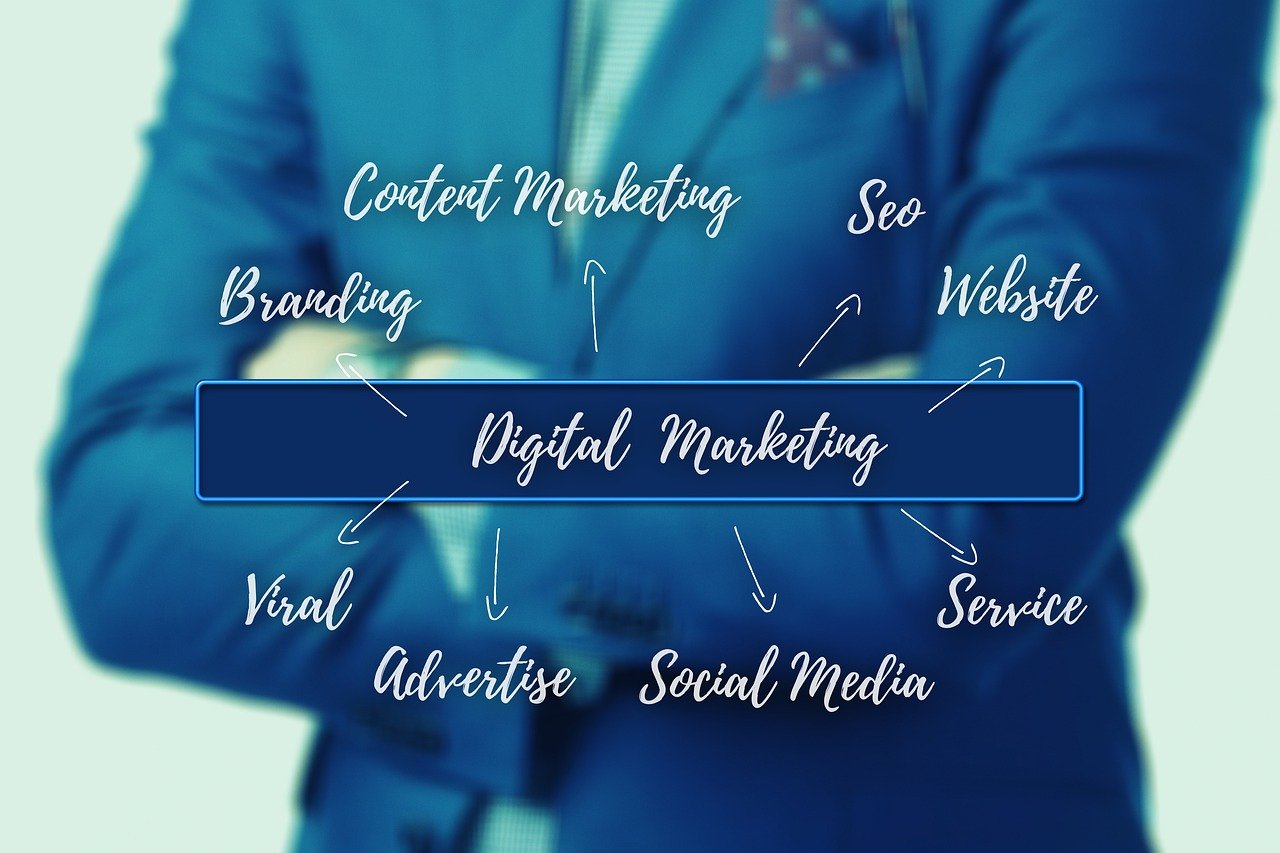Transform your business’s local visibility with this comprehensive 2025 Google Business Profile optimization guide. Learn essential strategies from NAP consistency to AI-powered tools, helping you dominate local search results and engage customers effectively.
Key Takeaways:
- A well-optimized Google Business Profile is critical for local visibility in 2025, with proper NAP consistency being a foundational element for ranking in local search results.
- Reviews management has become increasingly important, with businesses that actively respond to both positive and negative feedback seeing higher engagement rates.
- Voice search optimization should be a priority as local searches conducted via voice assistants continue to grow, requiring natural language keywords and structured data.
- Amzora Limited provides Google Business Profile optimization services that can help increase your local visibility and customer engagement.
- AI-powered tools can now automate posting schedules and content creation for Google Business Profiles, saving businesses valuable time on management tasks.
13 Essential Google Business Profile Optimization
Steps for 2025
In today’s digital world, your Google Business Profile (formerly Google My Business) works as your business’s digital storefront. It’s often the first impression potential customers get when searching for local products or services. With Google processing billions of searches daily and a significant portion having local intent, optimizing your profile isn’t just beneficial—it’s essential for success in 2025.
Google Business Profile optimization has become more sophisticated, requiring attention to details that might have seemed minor just a few years ago. Having a complete and accurate profile is just the starting point—today’s local search environment demands strategic optimization across multiple dimensions.
Content Marketing Agent specializes in helping businesses improve their local search presence through effective profile management strategies.
Why Your Google Business Profile Matters in 2025
Google Business Profiles have grown more influential in determining local search rankings. In 2025, these profiles impact not just traditional searches but also voice searches, zero-click searches, and mobile experiences.
Zero-click searches—where users get the information they need directly from search results without clicking through to a website—represent a significant portion of Google searches. This means your Google Business Profile often serves as your entire digital presence for many potential customers.
Mobile searches continue to dominate the local search landscape, with most consumers using their smartphones to conduct local searches. Google’s mobile-first indexing prioritizes businesses with complete, accurate, and engaging Google Business Profiles.
Customer reviews have become a critical factor in purchase decisions. Studies consistently show that the vast majority of consumers read online reviews before making purchasing decisions, and younger demographics especially trust online reviews nearly as much as personal recommendations.
1. Claim and Verify Your Business Listing
Before you can optimize your Google Business Profile, you need to claim and verify it. This fundamental step establishes your ownership of the business listing and grants you control over how your information appears across Google’s ecosystem.
Step-by-step verification process
Claiming your business starts with a visit to business.google.com. If your business doesn’t already exist in Google’s database, you’ll need to create a new listing by providing basic information such as your business name, category, and location.
After submitting this information, you’ll need to verify your ownership. In 2025, Google offers several verification methods:

- Postcard verification: Google sends a physical postcard with a verification code to your business address
- Phone verification: Available for eligible businesses, involving a code sent via automated call or text
- Email verification: Limited availability based on business type and history
- Instant verification: Available if you’ve already verified your business website with Google Search Console
- Video verification: A newer option where you show your business location and credentials via video call
Postcard verification remains the most common method, especially for businesses with physical locations. Once verified, you gain full access to your Google Business Profile dashboard and can begin implementing optimization strategies.
Handling multiple locations
For businesses with multiple locations, the verification process requires a strategic approach. Rather than creating separate Google accounts for each location, use a single account with location groups to manage all your listings efficiently.
Google Business Profile allows bulk verification for businesses with more than 10 locations, streamlining the process considerably. This feature requires submitting a spreadsheet with all location details for verification.
Each location should have its own unique profile with specific information relevant to that branch or store. Avoid duplicating content across locations, as this may create confusion for both users and search engines.
Implement a centralized management system while allowing for location-specific customization. This balance ensures brand consistency while addressing the unique aspects of each location’s offerings, hours, and special features.
2. Perfect Your NAP Information
Your business’s Name, Address, and Phone number (NAP) information forms the foundation of your local SEO strategy. Consistency in this data across all online platforms can significantly impact your visibility in local search results.
Ensuring consistency across platforms
Your NAP details should be identical everywhere they appear online—your website, social media profiles, business directories, and of course, your Google Business Profile. Even minor differences like using “Street” versus “St.” can create discrepancies that potentially confuse search engines.
Perform a comprehensive audit of your online presence to identify and correct inconsistencies. Various online tools can help automate this process by scanning major directories and platforms.
When updating your NAP information, make changes systematically across all platforms, starting with your Google Business Profile and website, then extending to other directories and listings. This methodical approach helps maintain consistency during the transition period.
Use a consistent phone number format (with or without parentheses, with or without country code) across all platforms. For businesses with multiple phone numbers, designate one as the primary contact number for consistency.
Best practices for service-area businesses
Service-area businesses (SABs) that operate at customer locations rather than having customers visit them face unique challenges in optimizing their Google Business Profiles.
If you operate a service-area business, you can hide your address from public view while still appearing in local searches by defining your service area. This approach protects your privacy while maintaining local relevance.
Define your service area by cities, postal codes, or radius depending on your business model. Be precise rather than overly broad—claiming to serve an unrealistically large area may not effectively target your ideal customers.
For hybrid businesses that both welcome customers to a physical location and provide on-site services, clearly distinguish between your physical address and your service areas in your Google Business Profile settings.
3. Optimize Your Business Description and Categories
Your business description and categories play crucial roles in helping Google understand what your business offers and when to show your profile in relevant searches.
Selecting the right primary category
Your primary category is arguably the most important classification factor for your Google Business Profile. It should precisely reflect your core business function. Google offers hundreds of category options, so take time to check the full list rather than settling for a close approximation.
Be as specific as possible—for example, choose “Italian Restaurant” rather than just “Restaurant” if that describes your business more accurately. The primary category significantly influences which searches your business appears for.
Research competitors ranking well for your target keywords and note their primary categories. This competitive intelligence can help inform your selection, especially if you’re deciding between multiple relevant options.
Strategic use of secondary categories
Secondary categories allow you to highlight additional services or aspects of your business. You can add up to nine secondary categories, though using all available slots isn’t necessary if they don’t genuinely apply to your business.
Use secondary categories to capture different facets of your business that customers might search for. For example, a bakery might add “Coffee Shop” and “Breakfast Restaurant” as secondary categories if they offer these services.
Prioritize secondary categories based on services that generate significant revenue or that you want to promote more actively. Regularly review and update these as your business evolves.
Keyword-rich description techniques
Your business description should provide a comprehensive overview of your offerings while naturally incorporating relevant keywords. The 750-character limit necessitates concise, focused writing.
Place your most important information first, as only the first few lines appear before users need to click “Read more.” Include your primary keywords early, but maintain natural language that speaks to customers rather than search engines.
Highlight your unique selling propositions, specialties, and key differentiators from competitors. Mention specific products, services, brands you carry, or proprietary methods that customers might search for.
Update your description seasonally or whenever significant changes occur in your business. This keeps your content fresh and allows you to highlight timely offerings or specializations.
4. Upload High-Quality Visual Content
Visual content dramatically influences how potential customers perceive your business. In 2025, visual content remains important for both search visibility and customer engagement.
Must-have photo types
At minimum, every Google Business Profile should include:
- Logo: A high-resolution, properly cropped company logo
- Cover photo: A compelling image that represents your business and appears prominently in your profile
- Exterior photos: Multiple shots showing your storefront from different angles and at different times of day
- Interior photos: Images showcasing your space, atmosphere, and design
- Product/service photos: Detailed visuals of what you sell or provide
- Team photos: Images of staff, especially customer-facing team members
Update your photo library regularly to reflect seasonal changes, renovations, new products, or special events. Fresh images signal to both Google and potential customers that your business is active and current.
Video content optimization
Videos have become increasingly important for Google Business Profiles. Short, engaging videos can increase profile engagement and conversion rates.
Create concise videos showcasing your products, services, facilities, or customer testimonials. Upload these directly to your Google Business Profile rather than simply linking to YouTube.
Ensure your videos have good lighting, clear audio if applicable, and professional editing. Poor quality videos can detract from your business’s perceived professionalism.
Use descriptive, keyword-rich titles and descriptions for your videos to help Google understand their content and context. This can improve their visibility in both Google Business Profile and Google search results.
Virtual tours and 360-degree views
Virtual tours and 360-degree imagery offer immersive experiences that can influence customer decision-making, especially for restaurants, hotels, retail spaces, and real estate.
Google supports 360-degree imagery directly within Business Profiles. These can be created using 360-degree cameras or by hiring Google-certified photographers who specialize in creating virtual tours.
Strategically plan your virtual tour to highlight your most appealing areas and features. Guide the virtual experience to showcase what makes your space unique or particularly functional.Regularly update virtual tours when you renovate or significantly rearrange your space to ensure the virtual experience matches what customers will find when they visit in person.
5. Leverage Google Posts Effectively
Google Posts function as a micro-blogging platform directly within your Business Profile, allowing you to share timely updates, offers, and information that appears prominently when customers find your business on Google.
Types of posts to create Google offers several post types, each designed for specific purposes:
- What’s New posts: General updates about your business
- Offer posts: Promotions, sales, or special deals (customizable duration)
- Event posts: Upcoming happenings at your business (active until the event ends)
- Product posts: Showcase specific products with descriptions and prices
Vary your post types based on your business goals and customer interests. Product-based businesses should regularly highlight new or featured items, while service businesses might focus more on educational content and special offers.
Include seasonal themes and timely content that aligns with current events, holidays, or local happenings. This relevancy can increase engagement and demonstrate that your business is actively managed.
Posting frequency recommendations
Google Posts have limited visibility periods (except for event and offer posts, which can have custom durations), making regular posting essential for maintaining visibility.
Develop a consistent posting schedule that works for your business resources. The right frequency will depend on your industry, audience, and content strategy.
Create a content calendar to plan your Google Posts in advance, aligning them with your broader marketing initiatives, product launches, or seasonal promotions. This strategic approach ensures consistent, purposeful content.
Track engagement metrics for your posts to determine which types, topics, and posting times generate the most customer interactions. Use these insights to refine your posting strategy over time.
Call-to-action best practices
Every Google Post should include a clear call-to-action (CTA) that guides customers toward a specific next step. Google provides several pre-set CTA buttons including “Learn more,” “Book,” “Order online,” “Buy,” and “Sign up.”
Select CTAs that align with your post content and business objectives. For example, use “Book” for appointment-based services, “Order online” for food or retail products, or “Learn more” for educational content.
Consider where you’re directing customers when they click your CTA. The destination should directly relate to the post content and make it easy for customers to complete the desired action.
Test different CTAs to determine which drive the highest engagement rates for different types of content or offers. Use this data to optimize future posts for maximum effectiveness.
That concludes the first part of this 2 part article click here to read part 2 of how to optimize your Google Business Profile



Pingback: 2025 Google Business Profile Optimization Checklist Guide Part (2) Continued... - Content Marketing Agent
Pingback: Digital Marketing Services in UK for Small Local Business Reach